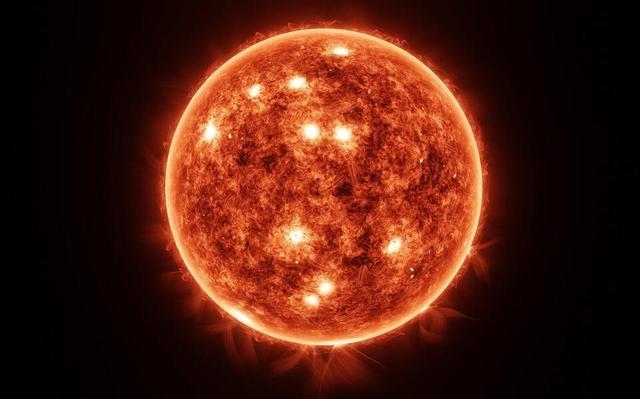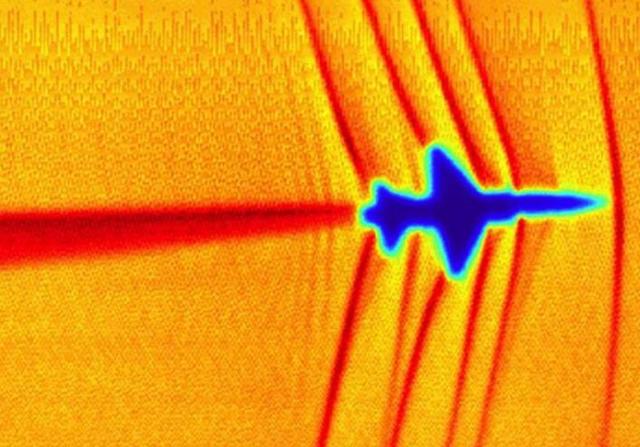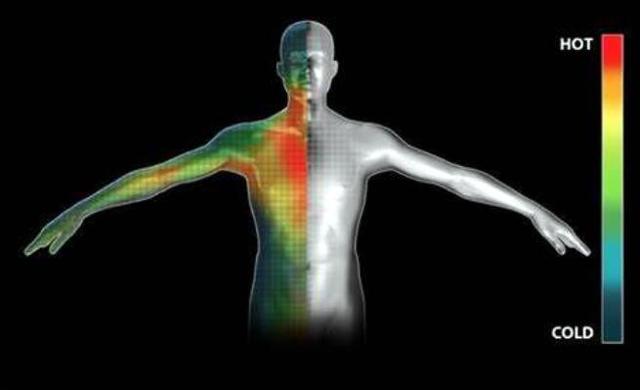- Beauty
It has long been a scientific consensus that modern life on earth evolved from the first life on earth over a long period of time, but there is no definitive answer to the question of where the first life on earth came from.

There are two main views on the origin of life on earth. The first view is that life must have originated on earth and evolved through a series of complex chemical processes in a specific environment from the earth's 'native' inorganic materials.
The second view is that life may not have originated on earth, but that small bodies in outer space (e.g. Comets, asteroids) may have carried with them the complex organic matter that constitutes life, and that when these small bodies were captured by the earth's gravity and fell to the earth's surface, the material they carried may have evolved life on earth.

The second idea is more easily verified, because "Small objects falling to the earth's surface" Happen all the time on earth, and we still find the remains of small objects - meteorites - on earth from time to time.
Over the past few days, scientists have been working on meteorites, and as the research continues, there is more and more evidence that life should have originated in outer space. The first is that scientists have discovered that in many meteorite samples, in addition to the presence of more complex organic substances such as alcohols, sugars and amino acids, there are also bases, which are important substances that make up life.
Bases are made up of elements such as carbon (c), nitrogen (n) and hydrogen (h). In living organisms on earth there are five types of bases - adenine, cytosine, guanine, thymine and uracil - which can form base pairs and can also stack on top of each other, and are essential for making up deoxyribonucleic acid (dna) and ribonucleic acid in living organisms.

During the 20th century, scientists have discovered adenine, guanine and uracil in meteorite samples, but the other two bases have been slow to be discovered due to the limitations of detection techniques. Research did not stop in the 21st century, and in 2020, with the help of increasingly advanced detection techniques, scientists made a major discovery - a protein.
The research was carried out by a team led by harvard astrophysicist malcolm mckeown on a meteorite named "Acfer 086", which was found in the sahara desert in 1990.
In their work, the researchers used advanced mass spectrometry techniques, which revealed the presence of a protein consisting mainly of glycine and hydroxyglycine amino acids in the meteorite sample, the approximate structure of which is shown in the diagram below (note: The white, orange, grey, blue, red and green spheres in the diagram represent hydrogen, lithium, carbon, nitrogen, oxygen and iron respectively).

It is no exaggeration to say that all known life on earth needs protein, without which life on earth would not be possible, and the discovery of this complex organic macromolecular structure in a meteorite is as significant as you can imagine.
By april 2022, the field of related research received another piece of good news: Scientists had discovered two bases in meteorites that had never been found before - cytosine and thymine.
The research came from a team led by astrochemist yasuhiro koba of hokkaido university, whose samples were taken from three meteorites: The murray meteorite (discovered in 1950 in kentucky, usa), the "Murchison meteorite" (discovered in 1969 in victoria, australia), the " Lake tagish meteorite" (found in british columbia, canada, in 2000).
Using a technique known as high performance liquid chromatography coupled with electrospray ionization high resolution mass spectrometry, researchers have found a variety of bases and their structural isomers in meteorite samples, including cytosine and thymine, which means that all five bases found in living organisms on earth have been found in meteorites.

Among the many small bodies in outer space, very few have fallen to the earth's surface to form meteorites and have been found by humans, but in these meteorites there is a wide variety of organic matter, including even proteins and the five bases needed for dna and rna, which indicates that the complex organic matter that constitutes life is widespread in small bodies. .
Scientists speculate that between 3.8 and 4.1 billion years ago, several of the rocky planets in the inner solar system (including mercury, venus, earth, mars and the moon) were "Intensively bombarded" By small bodies (also known as the "Late heavy bombardment period"), during which during this period, a large number of small bodies brought a wide variety of organic matter to earth, thus providing an important material basis for the emergence of life on earth.

(the figure is an animation of a simulation made by researchers based on data from craters on the moon)
Although science is still unable to provide a definitive answer to the origin of life on earth, there is growing evidence that the first life on earth, which may not have originated on earth, would have originated in outer space. It is conceivable that if this were the case, then life would have been widespread throughout the universe; after all, there are many, many more planets like earth in the universe.







